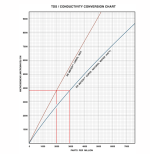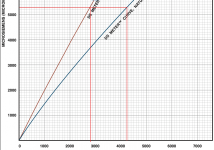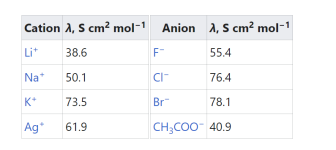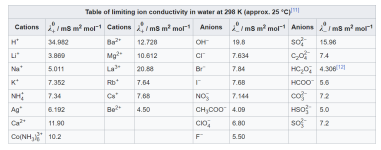Someone at work has just installed a pool that's using Magnesium Chloride instead of NaCl.
He was asking about pool care and I was wondering if there are any differences between the level of all the other chemicals compared to the NaCl SWG.
For example, FC/CYA, TA, CH.. can I just suggest the normal TFP recommendations?
He was asking about pool care and I was wondering if there are any differences between the level of all the other chemicals compared to the NaCl SWG.
For example, FC/CYA, TA, CH.. can I just suggest the normal TFP recommendations?







